There is a big opportunity for regional brands today: David Roth, WPP
WPP and Kantar Milliard Brown recently released the fourth edition of BrandZ Top 50 Most Valuable Indian Brands 2017. The long-term growth curve of the Top 50 is positive, with the total brand value of the ranking up 57 per cent since the study was first carried out in 2014, when it amounted to $69.6 billion. India experienced a resurgence in national pride, while also embracing globalisation. This manifested in a desire for products and brands that best reflect Indian heritage, sensibilities and tastes, which benefited local brands and put pressure on multinationals to follow suit.
Adgully caught up with David Roth, CEO, The Store, WPP, and Vishikh Talwar, Managing director, South Asia, Kantar Millward Brown, to know more about brand valuation, how growing national pride is fanning the growth and valuation of indigenous brands, and much more. Excerpts:
What should be attributed as the real value of the brand?
David Roth: The real value of a brand should historically consist of three major pillars – salience, awareness and the brand itself. Brand differentiation today is still as important as. Being meaningful today is a huge challenge for brands because the consumers are changing and so are their requirements, what was meaningful a few years ago isn’t necessarily meaningful to this generation of consumers. Along with these three pillars, there is a fourth dimension to this, which is innovation, because brands that are seen as highly innovative are growing on an average of 7X as compared to the brands that aren't innovating enough.
But isn't advertising equally important along with creating brand loyalty and being innovative? HDFC Bank is a classic case in this respect...
David Roth: HDFC has communicated really well with its individual customers and now in a multi-media scenario, a brand has to play the long term game and make its presence felt across various channels and platforms. Technology is getting much more clever and sophisticated now, but it all still fundamentally comes down to what is your brand’s promise to your customers.
How do you see the shopper behaviour changing globally?
David Roth: Shoppers are valuing their time. They are not prepared for monthly or weekly lone shopping anymore. It’s much more frequent and small purchases now. Companions are becoming more important. Affording out of love with massive stores and wandering around takes a long time. I think the key challenge for retailers is to convince consumers in the future on why they should be shopping out as opposed to shopping in.
Globally we have seen physical stores being replaced owing to technological advancements. Do you think India will go the same way as well?
David Roth: I think we are all heading in the same trajectory. India is far behind, not just in terms of consumerism, but also because of regulations, government support to number of puppet stores. I think we have never been in such a state of flux in retail around the world, where India is today. I think the relationship is changing between things done physically and things done virtually and, therefore, the virtues of the role of the physical store is likely to change. But I am convinced that the winning formula solution is going to be the next big thing and physical things are going to be done virtually. If you have a look at some other people who have put an effort in opening physical stores, its along with digital players – the Amazons of the world that can add value to their company and will also help with their presence in the physical world. Is India going to follow that trend? I would say definitely not. I think it will be a slow follow-up than other markets in the world.
You had mentioned earlier that brand loyalty is weakening in urban areas. What about rural areas?
Vishikh Talwar: Consumer requirements are changing and they are becoming more experimental because their horizons are expanding, but it doesn't mean that their brand loyalties are becoming lower. They would still like to go out, experiment and come back to the brand that they had a promising and fulfilling experience with, and this is the same in regard to both urban and rural markets.
Decoding the most valuable Indian brands
Very few Indian brands have made it to the BrandZ Top 50 list this year as well. Where have the Indian brands gone wrong or where are they lacking? How can they address it?
David Roth: I sense a tremendous opportunity for Indian brands, because the consumer is much more comfortable in their own skin than they are with other counterpart products. Brand India is changing and people are developing a significantly proud sentiment for its products. Non-Indian brands (MNCs) need to watch out because the time is right for Indian brands to come out. I think one of the things we are seeing in other parts of the world is that there is a big opportunity for regional brands.
It’s been four years since BrandZ started with its report on the most valuable Indian brands. What kind of advancements or developments have you seen in these four years?
David Roth: When we first started, the financial institutions were the strongest sectors in the report, but that is beginning to change now and we see technology slowly becoming big in India and making its mark. Brands like Patanjali are making millions, although there was a slight decline in FMCG segments making it to the list. The biggest difference that I see is the way consumers in India are living much more positive lives and optimistic than the people where I come from, who are much more pessimistic. If you look at the valuable brands, India is outpacing even the mighty China.
We have seen a low growth of indigenous brands on the list. How can these brands increase their brand value?
Vishikh Talwar: Being an indigenous brand, a brand already has a starting point which is slightly ahead of the multinational organisations, because since the brand is born in the Indian set-up, it understands the audience. Indian brands definitely contribute to the value, the growth is higher and goes a long way in building Brand India. Having said that, it is not about an Indian brand versus an MNC brand, but just about brands in general.
How does India compare with the rest of the world in today’s market scenario?
Vishikh Talwar: We at BrandZ are trying to put all the brands in one bag, but when you look at India itself, you cannot put the country in one bag. Earlier things were simpler, when you had certain market realities, urban v/s rural, young v/s old, but all of that is converging and there is a new India which is emerging. This India has many sub-Indias, thus to say that India today is a one collective bag of people will be incorrect.
What are the standout features of the Indian study vis-a-vis BrandZ listing of other countries?
Vishikh Talwar: The play of digital realities is a trend in India currently. It is the new upcoming digital-savvy millennials who are becoming a significant force in driving brand choices and brand values.
HDFC has retained its No. 1 position for 4th consecutive year, but we have not seen too much advertising activity from the brand. Isn't advertising equally important along with creating brand loyalty and being innovative?
Vishikh Talwar: It is not just about getting your advertisements right, there are 3 mantras for a brand to be truly valuable. A brand has to be true to itself, clearly tell people what it stands for and be completely innovative, which HDFC has been doing. Their services are always evolving, they were one of first to introduce net banking and payment gateways. HDFC Bank has always been in touch with the consumers and understood the sensibility of the consumers. HDFC Bank has done a fair amount of one-on-one communication and given a very consistent experience.
There are no major shifts in the top 10 ranking this year as well. Why haven't we seen a disruptor making an entry in top 10?
Vishikh Talwar: A brand which has ranked in the top 10 will have to be a strong brand. If that brand has continued to invest in their brand building, there is no reason why they should not continue to do well. Having said that, there are brands that are challenging the top brands’ position; one brand that we did see coming this close to challenging this was Jio, which has made an entry at No. 11 this year. Jio disrupted the current market by making the consumer’s life simpler and hence, was able to acquire that position in its first year itself.
David Roth: The Top 10 list is the most stable, but if you are a big powerful brand and you continue doing the right things, then you remain at your position.
Despite strong numbers and high customer retention, Patanjali didn't make it on the list this year as well…
Vishikh Talwar: Patanjali will have to be listed for us to put them on the list. The list is equally dependent on the financial rankings and financial data is available only when a company is listed.


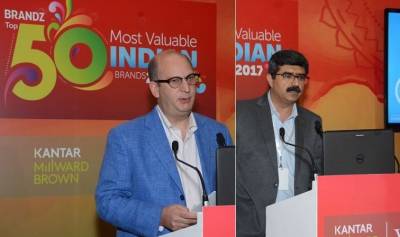




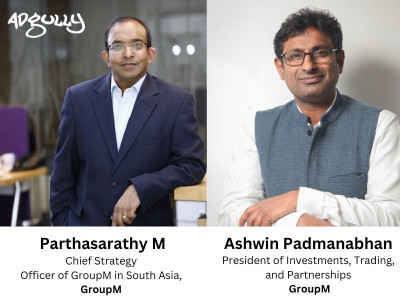


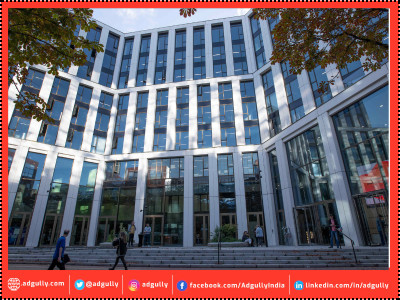
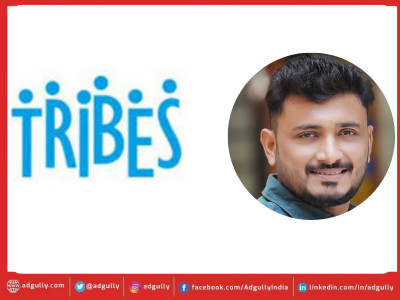

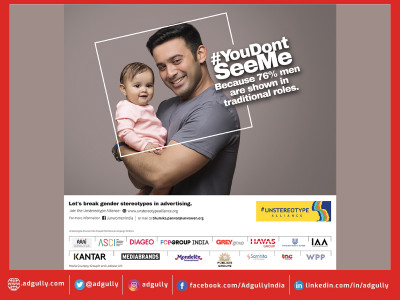



Share
Facebook
YouTube
Tweet
Twitter
LinkedIn